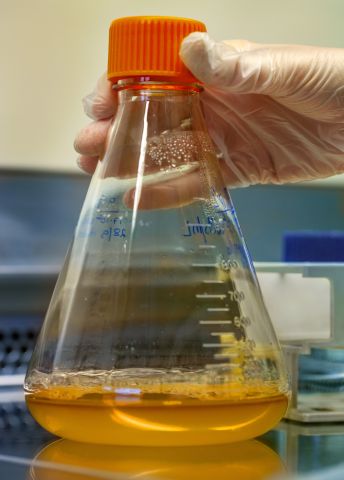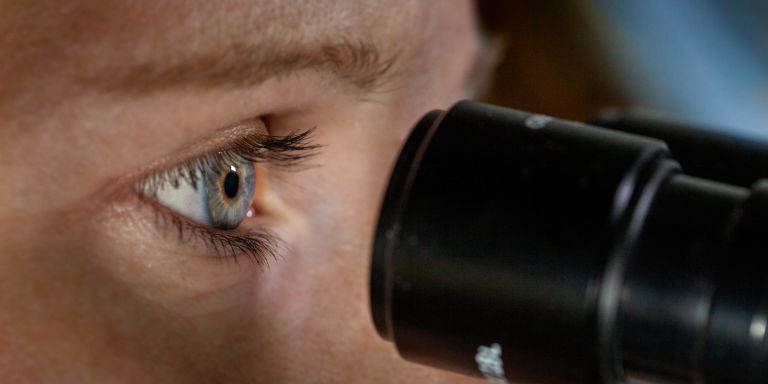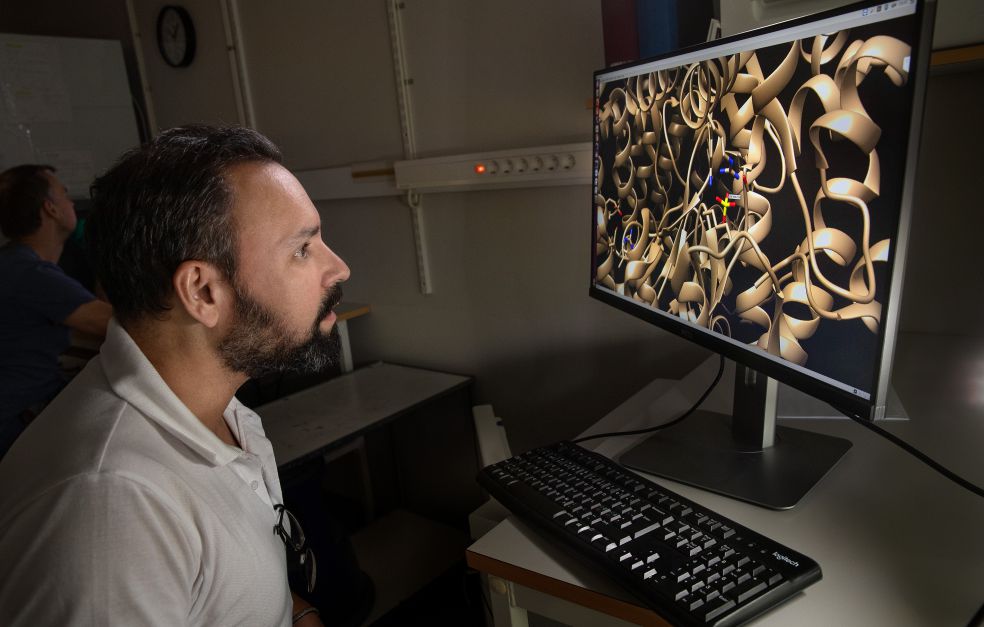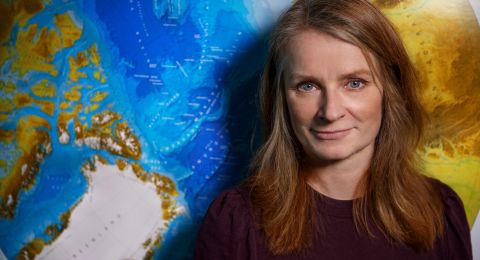
Project Grant 2017
Mitochondrial genome separation and segregation
Principal investigator:
Maria Falkenberg, Professor in biomedical laboratory science
Co-investigators:
University of Gothenburg
Claes Gustafsson
Karolinska Institutet
Martin Hällberg
Camilla Sjögren
Institution:
University of Gothenburg
Grant in SEK:
SEK 34.5 million over five years
Each year about twenty children are born in Sweden with diseases due to damage to their mitochondrial DNA. Someone with changes in their mitochondrial DNA may become seriously ill or live a perfectly normal life. This is because the amount of damaged mitochondrial DNA varies.
A single cell may contain thousands of copies of mitochondrial DNA, and if only a small proportion is damaged, it will not matter. The proportion of damaged mitochondrial DNA can vary enormously between tissues, organs, and even between cells in the same organ.
“At present we have no idea why certain cells contain more damaged mitochondrial DNA than others. All we know is that it must depend on which DNA molecules copy themselves and how they are distributed. But we know virtually nothing about what regulates this,” says Maria Falkenberg, who is a professor at the Department of Medical Chemistry and Cell Biology at the University of Gothenburg.
She wants to map this regulation in a new project funded by the Knut and Alice Wallenberg Foundation.
Mitochondria reproduce at their own pace
Mitochondria are unique. At the beginning of time they were probably bacteria that entered single-cell organisms and managed to survive there. The bacteria were transformed into a part of the cell, were protected by it, and gave back something important in return – energy.
All other DNA in our cells is gathered in the cell nucleus, but mitochondria, with their accompanying DNA, are found in the cell cytoplasm – that is, the space outside the nucleus. Half of our core DNA comes from the father’s sperm, half from the mother’s egg. But we inherit our entire mitochondrial DNA from the mother, since our very first mitochondrial DNA was present in the egg cytoplasm.
Mitochondrial DNA has only 33 genes, compared with the DNA in the nucleus, which contains over 20,000 genes. But if a single mitochondrial DNA in the mother’s egg had a damaged gene, the child runs the risk of developing a serious disease. This does not always happen, though, since the decisive factor is how many of copies of damaged DNA there are in the mature cells – and the proportion of damaged DNA may even differ between cells in the body of the same child.
The reason for this is that mitochondrial DNA copies itself independently of DNA in the nucleus. The material in the nucleus is only copied when a cell is to divide into two (which is the body’s way of producing new cells), but both damaged and undamaged mitochondrial DNA can copy itself several times over during the cell’s life. Thus, when two new cells are formed by division of an existing cell into two identical daughter cells, the new cells do not have identical mitochondrial DNA. The mitochondrial DNA may very well be unevenly distributed between the two newly formed cells.
“There are those who believe it’s a matter of chance, but this is not necessarily true. It might depend on which end of the cell the mitochondrion is located when division begins. We still know next to nothing about how this is regulated.”
Proteins essential for copying and division
Falkenberg is the first scientist in the world to succeed in creating a model system in test tubes in which mitochondrial DNA is copied in the same way as in the cell. It is now known that mitochondria are interconnected in a large network, and that a mitochondrion cannot exist without the network. If damage occurs to genes that code for the proteins responsible for the interconnection, serious diseases will occur.
In the new project the researchers at the University of Gothenburg and Karolinska Institutet will culture cells, extract the mitochondria from them, and break down the mitochondria so they can look for interesting proteins inside them.
The first step is to select proteins whose function is already known, and see which unknown proteins they appear to interact with. The researchers then want to make a detailed study of how the mitochondrial DNA is separated after it has been copied. The DNA chain is shaped like a ring, just as in bacteria. When it has been copied, the two new rings are attached to each other, like two links in a chain. They need to separate from one another before they are distributed in the cell.
Mitochondrial damage – a natural part of ageing
“This is a completely new research field, and I can’t say how far we’ll get. But we hope to be able to identify several important proteins, and study the effect they have on the cell if the genes for those specific proteins are turned off,” explains Falkenberg.
Damage to mitochondrial DNA may occur at any time of life. Over time, mitochondrial DNA becomes increasingly damaged even in healthy people. It may very well be an important part of the body’s ageing process, as the ability of mitochondria to convert nutrients into energy that cells can use deteriorates. So if we learn more about mitochondria, we may learn more about ageing.
“We have taken part in a joint project with other researchers in which we studied genetically modified mice. Among other things, the mice had five times as many mutations as normal in their mitochondrial DNA. They showed signs of ageing, but they also experienced other problems. We don’t know yet how the one is related to the other,” Falkenberg comments.
Text Lisa Kirsebom
Translation Maxwell Arding
Photo Magnus Bergström





